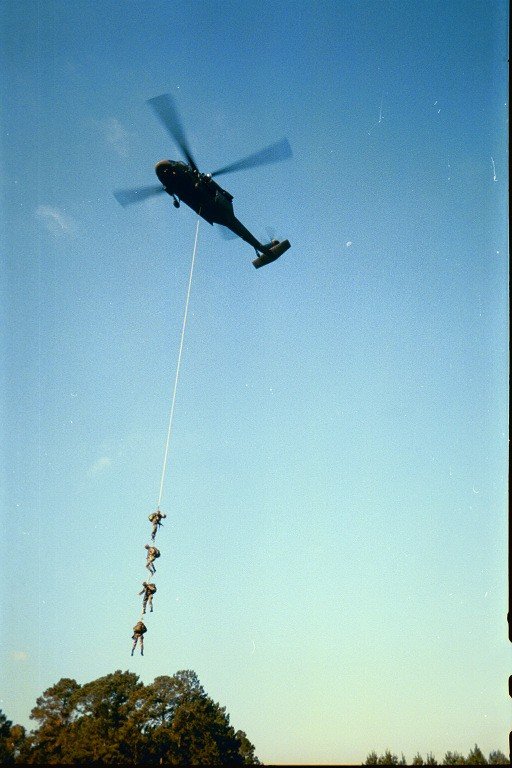We Planted Half the Mountain in Corn
/Corn has popped up green in fields everywhere around the Plateau. It reminds me that my Grandpa used to say, ‘We planted half the mountain in corn and grew enough to feed an old mule and a milk cow.’ While it may have been a slight exaggeration, corn has been a staple crop on the mountain since the first settlers arrived.
As a Future Farmer of America, I learned that the cross section of an ear of corn frames the organization’s logo because it is grown in every state in the union. In 2022, the USDA reported Tennessee alone produced 163 million bushels of corn. A man and a mule could manage 5 acres. He would hope for 30-40 bushels per acre while today’s farmers are netting over 100 bushels per acre.
Corn is used in the production of everything from corn meal to crayons with high-fructose corn syrup sweetening a myriad of commercial foods. And of course we are increasingly dependent on corn additives to our fuel.
None of these facts were relevant to my grandpa – nor any of his generation – as they spent day after day with hoe in hand chopping out a corn crop.
I’ve always been told this mountain is not a good place to grow wheat. However, last year 725 acres of the grain were grown across Morgan, Cumberland, Fentress, Putnam, Overton, and Pickett counties. The University of Tennessee says that wheat can be successfully grown in every county of the state. Two or three generations ago, they held to the belief that wheat simply couldn’t be grown here. There are only a couple of stories of people growing a little field of wheat. Once they had it harvested, they then had to figure out where and how to have it ground.
There was a grist mill for grinding corn in nearly every community. On any stream, a mill brake could be established and grinding commenced. As gasoline engines became more prolific, they began to be used to run mills as well.
It is my understanding (largely from the same source that taught me we couldn’t grow wheat) that grinding flour is a more involved process. I do know from my home-grinding operation, that cleaning wheat is fairly involved. Immediately after harvest, the chaff must be removed. Then, heavier particles must be sifted out. I wonder if these extra steps may have been as much of a deterrent as the climate challenges.
About 1930, the nearest wheat mill that I’ve heard of was in the area around Nine Mile. From my house, that’s an hour’s drive on paved roads running 55 miles per hour (or more). Can you imagine taking a wagon load of wheat on that trip?
A hundred years ago, every family had a corn patch. They grew corn to feed that mule and milk cow my grandpa talked about. They grew corn to grind into meal for the predominate bread in a mountain home. They grew some corn to eat – surprisingly, this was the least of their uses for corn.
What we now call “field corn” (because to us it’s good for nothing more than animal feed), was gathered at the stage of “roasting ears” (that’s a full ear but not yet dried and by the way we universally pronounce that as roast’neers), parched and eaten. The best way to preserve corn was by making hominy.
Everyone in the family went to the corn field – father, sons, daughters and mother. My cousin Clyde Whittaker remembered visiting his grandparents Billy and Ida Key,who lived in Martha Washington and he was taken to the corn field. Grandpa, his children who were still at home, and any visiting grandchildren, all headed to the field as soon as they’d eaten breakfast and tended to the stock. Grandma took a little time to clean up from the morning meal and do some housework then she joined them and chopped right alongside the rest of the family. As the noon hour approached, Grandma left the field early to head home and cook a hot lunch.
Without herbicides or tractors-and-cultivators, hoes were used to free the corn crop of encroaching and nutrient-robbing weeds.
When the corn matured and temperatures began to cool, the harvest began. No mechanized pickers entered these fields. Instead, the corn would be shocked up to await removal by wagon. Now, these shocks are cute when we build and display them with mums and pumpkins in October. They were essential in the mountain fields where wind and driving fall rains might flatten dried corn. So, a few stalks would be left in the ground to hold everything upright then surrounding plants were cut and leaned against them before being lashed together. Sometimes, corn would be brought into the homestead and shocked against a barn wall.
Removing the outer shuck of a whole crop of corn was an occasion for a party – many hands make light work, right? Corn had to be shucked and shelled before you took a turn to the mill.
By wintertime, every family was surely glad to be finished with the corn crop and thankful for a yield sufficient to keep man and beast alive through the coming, cold months.















